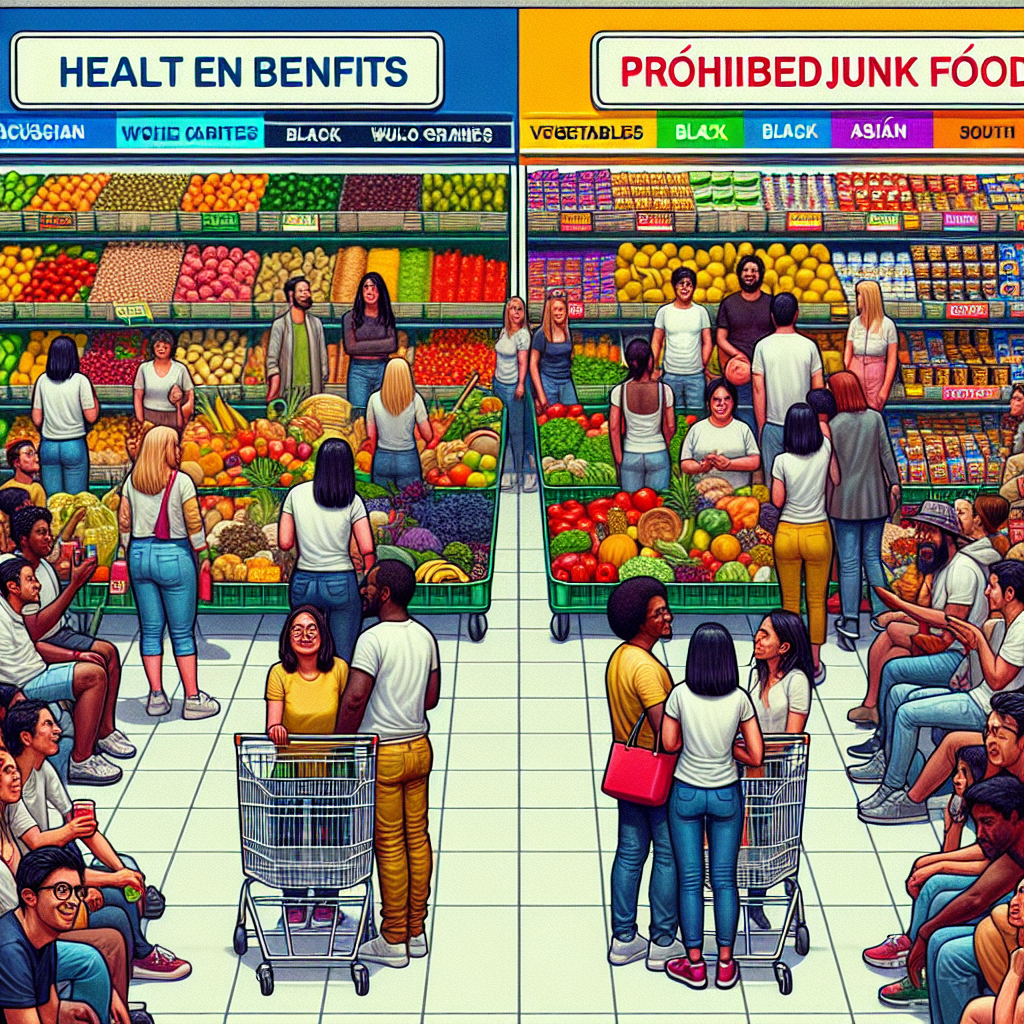
A Sustainable Alternative to Supermarket Vegetable Shopping
by bernt & torsten
In recent years, the global food supply chain has come under scrutiny for its impact on our environment, farmers, and the quality of the produce we consume. As the narrative surrounding food production evolves, crowd farming has emerged as a beacon of hope, offering sustainable alternatives. This concept empowers consumers to directly engage with farmers, fostering a connection that goes far beyond the transactional nature of supermarket shopping. In this article, we'll explore why you should support crowd farming and the adverse effects of relying solely on supermarkets for your food needs.
The Dark Side of Supermarket Shopping
Environmental Degradation
Supermarkets have long dictated the terms of food production, emphasizing price and appearance over ecological considerations. To meet these demands, farmers have turned to chemical treatments and intensive farming methods that heavily tax the land. Over time, this has led to significant soil degradation, loss of biodiversity, and by extension, a reduction in food quality. The environmental cost is tremendous, as vast expanses of once-fertile land have become barren, unable to sustain crops.
Farmer Exploitation
The power dynamics in supermarket supply chains often leave farmers with little to no bargaining power. With price pressures from large retailers, farmers are frequently forced to sell their produce at suboptimal prices that barely cover their production costs. This exploitative relationship discourages sustainable farming practices, as the priority shifts from quality to quantity, and from sustainability to survival.
Food Waste
In the quest for aesthetic perfection, supermarkets reject tons of perfectly edible produce due to minor imperfections. This focus on picture-perfect produce contributes to immense food waste. According to estimates, nearly one-third of all food produced worldwide is lost or wasted. This not only exacerbates food insecurity but also represents a colossal waste of resources, including water, labor, and energy expended during production.
Loss of Food Diversity
Supermarkets tend to favor a narrow selection of popular crops. As a result, more unusual or heritage varieties get pushed out of the market, leading to a loss of biodiversity in our food system. The diversity that once characterized local diets is being replaced by a predictable, homogeneous selection that undermines nutritional variety and cultural food traditions.
The Promise of Crowd Farming
Direct Consumer-Farmer Relationships
Crowd farming facilitates direct interaction between consumers and farmers, fostering transparent and trusting relationships. By cutting out the middleman, farmers have the freedom to set fair prices for their produce, ensuring they receive a decent return while consumers enjoy fresh, reasonably priced options. This connection empowers consumers to understand the origins of their food and the sustainable practices employed in its production.
Environmental Benefits
With crowd farming, emphasis is placed on sustainability. Farmers are incentivized to employ environmentally friendly practices such as organic farming, agroforestry, and crop rotation, which help regenerate depleted soils and boost biodiversity. This approach ensures long-term agricultural viability while contributing positively to the environment.
Quality Over Quantity
Crowd farming encourages quality-centric farming practices focusing on producing fewer but better-quality goods. Farmers can grow heirlooms and local varieties that are richer in flavour and nutrition without the pressure to conform to supermarket standards. This shift allows consumers to access fresher, more nutritious food that's often harvested at its peak ripeness.
Reduction in Food Waste
By being directly involved in the farming process, consumers gain an appreciation of the labor and resources involved in food production. This awareness helps in reducing unnecessary waste. Additionally, crowd farming often supports the sale of cosmetically imperfect produce, welcoming the notion that beauty isn't skin-deep when it comes to our food.
Supporting Local Economies
When you choose crowd farming, you are investing in your local economy. Supporting local farmers ensures that more of the money spent on food stays within your community, fostering economic resilience. Additionally, it helps preserve rural lifestyles and traditions that are integral to maintaining cultural heritage.
How to Get Involved in Crowd Farming
Research and Choose Wisely
Start by researching local farms and online platforms that offer crowd-farming opportunities. Look for initiatives that prioritize sustainability, transparency, and ethical practices. Many online platforms today allow you to adopt or sponsor trees, animals, or plots of land, providing regular updates and produce deliveries.
Visit Local Farms
Engage in local farm visits and farmers' markets to meet producers personally. This offers a real-life glimpse into their procedures and allows you to build relationships that enhance trust and transparency.
Spread the Word
Advocate for crowd farming initiatives among friends and family. Raising awareness about its benefits can lead to a broader shift in consumption patterns, making sustainable farming more mainstream.
Provide Feedback
As an active participant in the crowd farming community, provide constructive feedback to farmers. Your input can help them refine their practices, leading to improved methods and products.
Conclusion
In a world that often prioritizes convenience over considerations of sustainability and fairness, crowd farming represents a transformative approach to food production and consumption. By choosing to support this model, you are not only advocating for a healthier planet and fairer economic practices but also enhancing your diet with fresh, nutritious foods. As the earth signals distress from decades of exploitation, moving towards crowd farming is not just a choice but a responsible step toward a sustainable future.
If you live in Europe, you can visit Crowdfarming website.

The Billion-Kronor Man and the Thousand Workers Behind Him
An Ode to Greed, Served With Golden Cutlery
In a land not so far away,...

Why I Wrote a Novel Instead of a Manifesto About AI
I could have written an essay. A whitepaper. A TED-style...

Bring Your Own AI - The Double-Edged Sword of Modern Workplaces
In the bustling corridors of modern corporations, a silent revolution unleashes unprecedented...